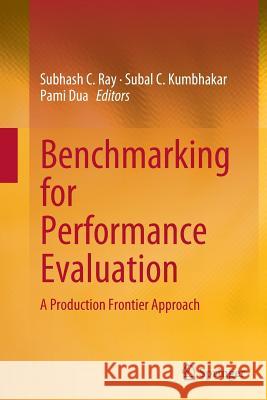Benchmarking for Performance Evaluation: A Production Frontier Approach » książka
topmenu
Benchmarking for Performance Evaluation: A Production Frontier Approach
ISBN-13: 9788132235293 / Angielski / Miękka / 2016 / 281 str.
Benchmarking for Performance Evaluation: A Production Frontier Approach
ISBN-13: 9788132235293 / Angielski / Miękka / 2016 / 281 str.
cena 509,58 zł
(netto: 485,31 VAT: 5%)
Najniższa cena z 30 dni: 506,04 zł
(netto: 485,31 VAT: 5%)
Najniższa cena z 30 dni: 506,04 zł
Termin realizacji zamówienia:
ok. 10-14 dni roboczych.
ok. 10-14 dni roboczych.
Darmowa dostawa!
Kategorie:
Kategorie BISAC:
Wydawca:
Springer
Język:
Angielski
ISBN-13:
9788132235293
Rok wydania:
2016
Wydanie:
Softcover Repri
Ilość stron:
281
Waga:
4.51 kg
Wymiary:
23.5 x 15.5
Oprawa:
Miękka
Wolumenów:
01
Dodatkowe informacje:
Wydanie ilustrowane











